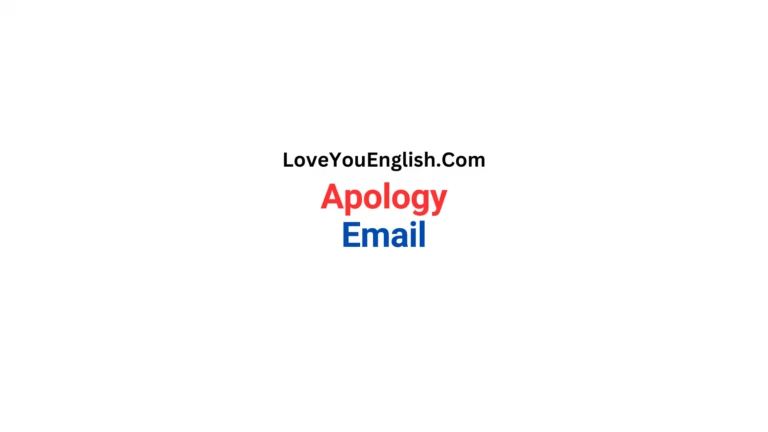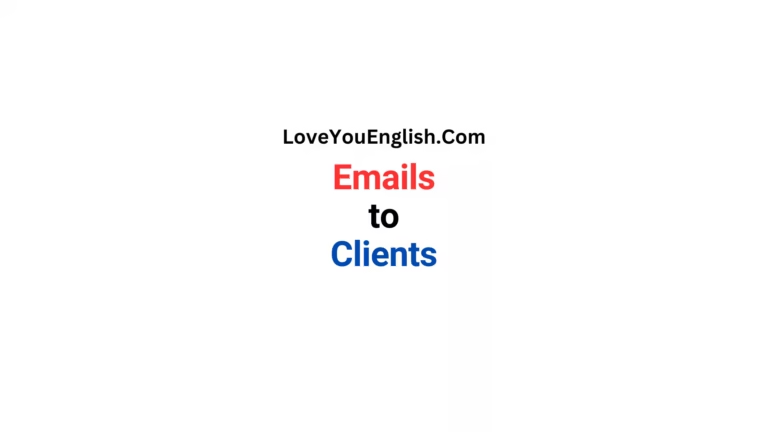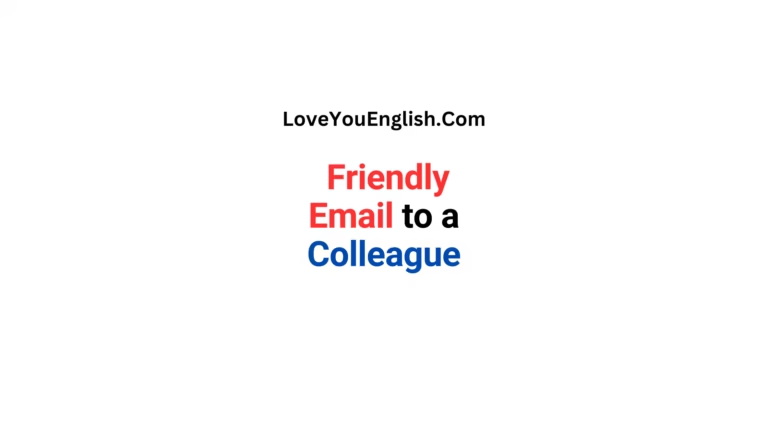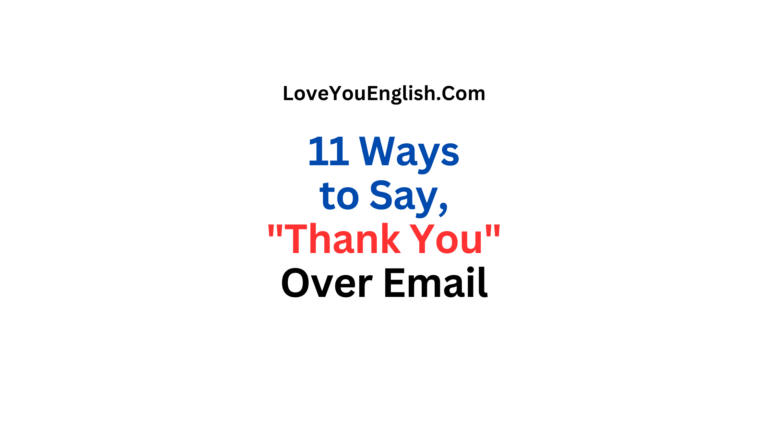Crafting Emails for Recommending a Product or Service
Sharing is caring!
Emails are a powerful tool for communication, especially in business. One of the most common uses of email is to recommend a product or service. Whether you’re a business owner, marketer, or just someone who wants to share a helpful product with a friend, crafting an email that is clear, engaging, and persuasive is key.
In this post, I’ll go over the steps for writing an effective email when recommending a product or service. Whether you’re writing to a customer, a colleague, or a friend, you’ll find these tips useful.
Why Recommend Products or Services Through Email?
Before we dive into the details, let’s first understand why recommending a product or service via email can be effective:
- Direct Communication: Email allows you to communicate directly with the person, offering a personal touch.
- Convenience: The recipient can read your message at their own convenience, which is more relaxed than other forms of communication.
- Record of Communication: Emails provide a written record that can be referred to later.
- Cost-Effective: Sending an email is much cheaper than traditional methods, such as calling or sending physical mail.
- Easy to Share: The recipient can easily forward your email to others, which can help you reach a wider audience.
Now that we know why email is a great tool, let’s focus on how to write one effectively.
Step 1: Write a Clear and Engaging Subject Line
The subject line is the first thing your recipient will see, so it must grab their attention.
A good subject line should be:
- Clear: Tell them what the email is about.
- Engaging: Make it interesting so they want to open the email.
- Short and to the point: Keep it under 50 characters.
Here are some examples of subject lines for recommending a product or service:
- “Check Out This Amazing New Tool for Boosting Productivity”
- “You’ve Got to Try This Delicious New Snack”
- “This Service Can Help You Save Time and Money”
- “A Product I Highly Recommend for Your Business”
Step 2: Start with a Friendly Greeting
The first thing you should do in the email is greet the recipient. A simple “Hello” or “Hi” followed by their name is a friendly way to start. If you’re writing to a colleague or someone you know well, you can be a bit more casual. However, if you’re writing to a customer or business contact, it’s better to be more formal.
Examples:
- “Hi [Recipient’s Name],”
- “Hello [Recipient’s Name],”
- “Dear [Recipient’s Name],”
Step 3: State the Purpose of Your Email
After the greeting, let the recipient know right away why you’re reaching out. Be direct but friendly. You don’t want to beat around the bush.
Examples:
- “I wanted to recommend a product that I believe will be really useful to you.”
- “I’ve come across a service that I think would really benefit you.”
- “I wanted to share my experience with a product I think you’ll love.”
Step 4: Describe the Product or Service
Now, it’s time to introduce the product or service you’re recommending. Keep this section clear and informative.
Here’s what you should include:
- Name of the Product or Service: Always start by naming what you’re recommending.
- Key Features: Briefly describe what makes it special or different.
- Benefits: Focus on how it can help the recipient. Think about the problems it solves or the improvements it can bring.
- Why You’re Recommending It: Explain why you think it’s a good fit for the recipient. This makes the recommendation more personal and genuine.
Example:
“I recently came across a new productivity tool called TaskMaster. It helps you organize your tasks, set reminders, and prioritize your day in a way that’s easy to follow. It also integrates with your calendar to make sure you never miss an important event. I’ve been using it for a few weeks now, and it’s really helped me stay on top of my work and manage my time better.”
Step 5: Personalize Your Recommendation
The more personalized your email is, the more likely the recipient will be interested. Tailor your recommendation to their needs, preferences, or problems they’re facing.
Example:
“I know you’ve been talking about struggling to stay organized with your daily tasks, and I think TaskMaster would be perfect for you. It’s easy to use and could help you streamline your to-do list, making your day much more efficient.”
Step 6: Offer a Call to Action (CTA)
A Call to Action (CTA) is a request for the recipient to take the next step. This could be clicking a link, signing up for a trial, or simply learning more. It’s important to make the CTA clear and easy to follow.
Examples:
- “Click here to try TaskMaster for free.”
- “Visit this link to learn more and get started.”
- “Feel free to reach out if you have any questions or need more information.”
- “You can get 20% off if you sign up today!”
Your CTA should make the next steps as easy as possible. If they need to click a link, make sure it’s clearly visible and easy to follow.
Step 7: Provide Social Proof (Optional)
Sometimes, sharing that others are using and benefiting from the product or service can encourage the recipient to try it. This could include:
- Customer Reviews: Mention positive feedback from others.
- Ratings: If the product or service has good ratings, mention it.
- Success Stories: Share a short success story if you have one.
Example:
“Many of the top professionals in my field are now using TaskMaster, and they’ve been seeing amazing results in terms of improved productivity and time management.”
Step 8: Close the Email
Once you’ve made your recommendation and included a CTA, it’s time to close your email. Always be polite and friendly. Thank the recipient for their time, and let them know you’re available to help if they need more information.
Examples:
- “I hope this recommendation helps, and I look forward to hearing what you think!”
- “Let me know if you have any questions, and I’d be happy to help.”
- “Thanks for taking the time to read this. I really believe this could make a big difference for you!”
Then, sign off with:
- “Best regards,”
- “Sincerely,”
- “Cheers,”
- “All the best,”
And then add your name at the end.
Sample Email: Recommending a Product
Here’s an example of a full email based on the steps above:
Subject: A Tool to Help You Stay Organized – You’ll Love It!
Hi [Recipient’s Name],
I hope you’re doing well. I wanted to take a moment to recommend a product that I think would really help you. It’s called TaskMaster, and I’ve been using it for a few weeks now. It’s an amazing productivity tool that helps you organize your tasks, set reminders, and stay on top of your schedule.
I know you’ve mentioned struggling to manage your daily tasks, and I really think TaskMaster could be a game-changer for you. It’s super easy to use and integrates with your calendar to make sure you never miss a meeting or deadline. I’ve noticed a huge improvement in my productivity since I started using it.
You can try TaskMaster for free for 30 days, and I think you’ll see how it can help you become more organized and efficient.
Here’s the link to get started: [Link]
Many people have already started using TaskMaster and are sharing great results. It’s definitely worth checking out!
Let me know if you have any questions, and I’d be happy to help. I hope this helps, and I’m excited to hear what you think!
Best regards,
[Your Name]
Step 9: Proofread and Edit
Before sending your email, make sure you proofread it carefully. Check for:
- Spelling and Grammar Mistakes: Simple errors can hurt your credibility.
- Clarity: Make sure the email is easy to understand.
- Tone: Ensure that your tone matches the recipient and purpose of the email.
Conclusion
Crafting an email to recommend a product or service doesn’t have to be difficult. By following these simple steps—starting with an engaging subject line, clearly introducing the product, personalizing the recommendation, offering a call to action, and closing politely—you can write a powerful and effective email.
Whether you’re recommending a new tool to a colleague, a service to a customer, or a product to a friend, a well-crafted email can help you share valuable recommendations that can make a difference.
More topics:
- How to Write an Email to Make a Business Inquiry
- How to Write a Press Release Email
- Crafting Emails for Recommending a Product or Service
- How to Write a Professional Email to Request Information
- How to Write a Sales Email That Converts
Resources:
Sharing is caring!


